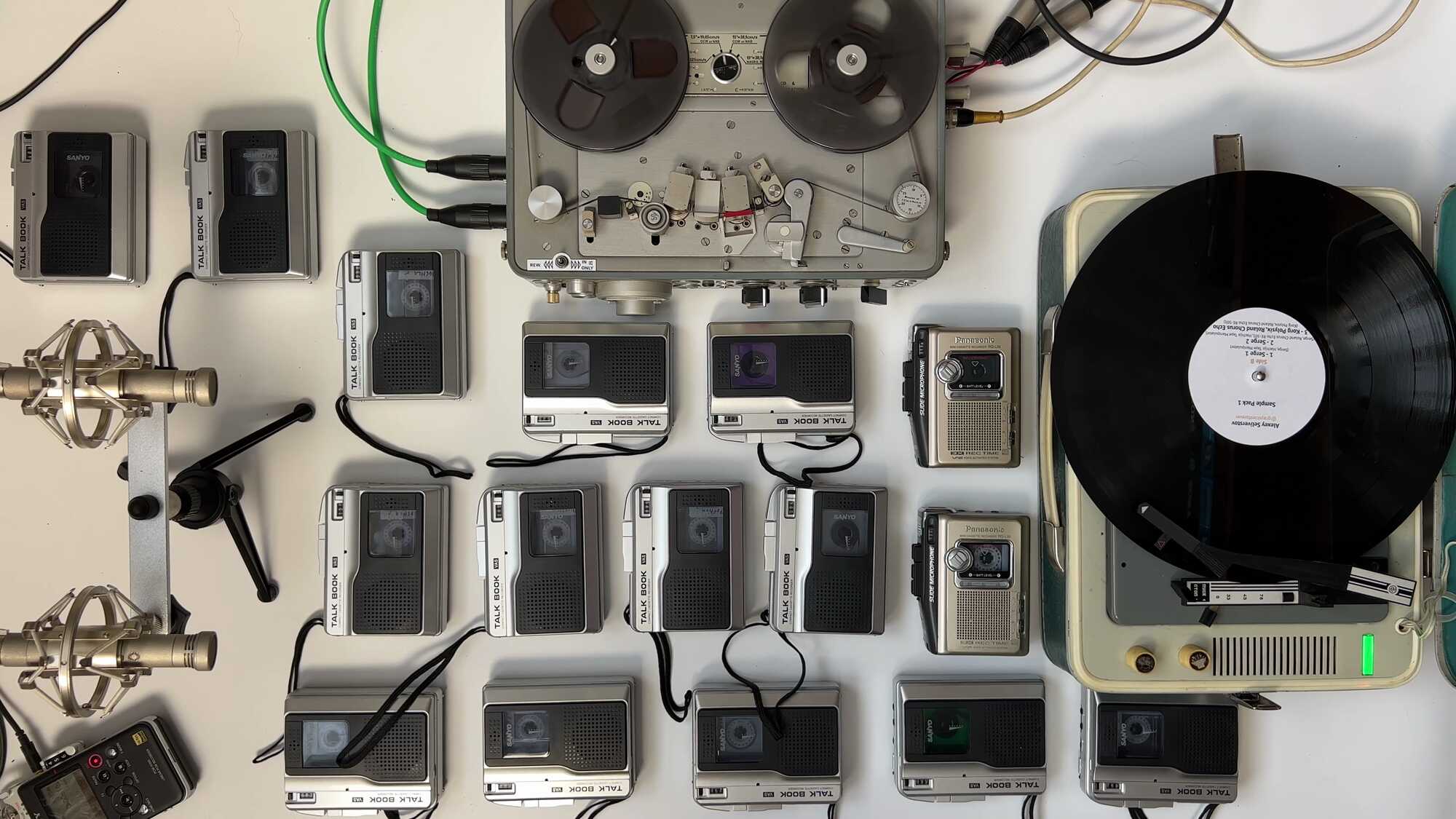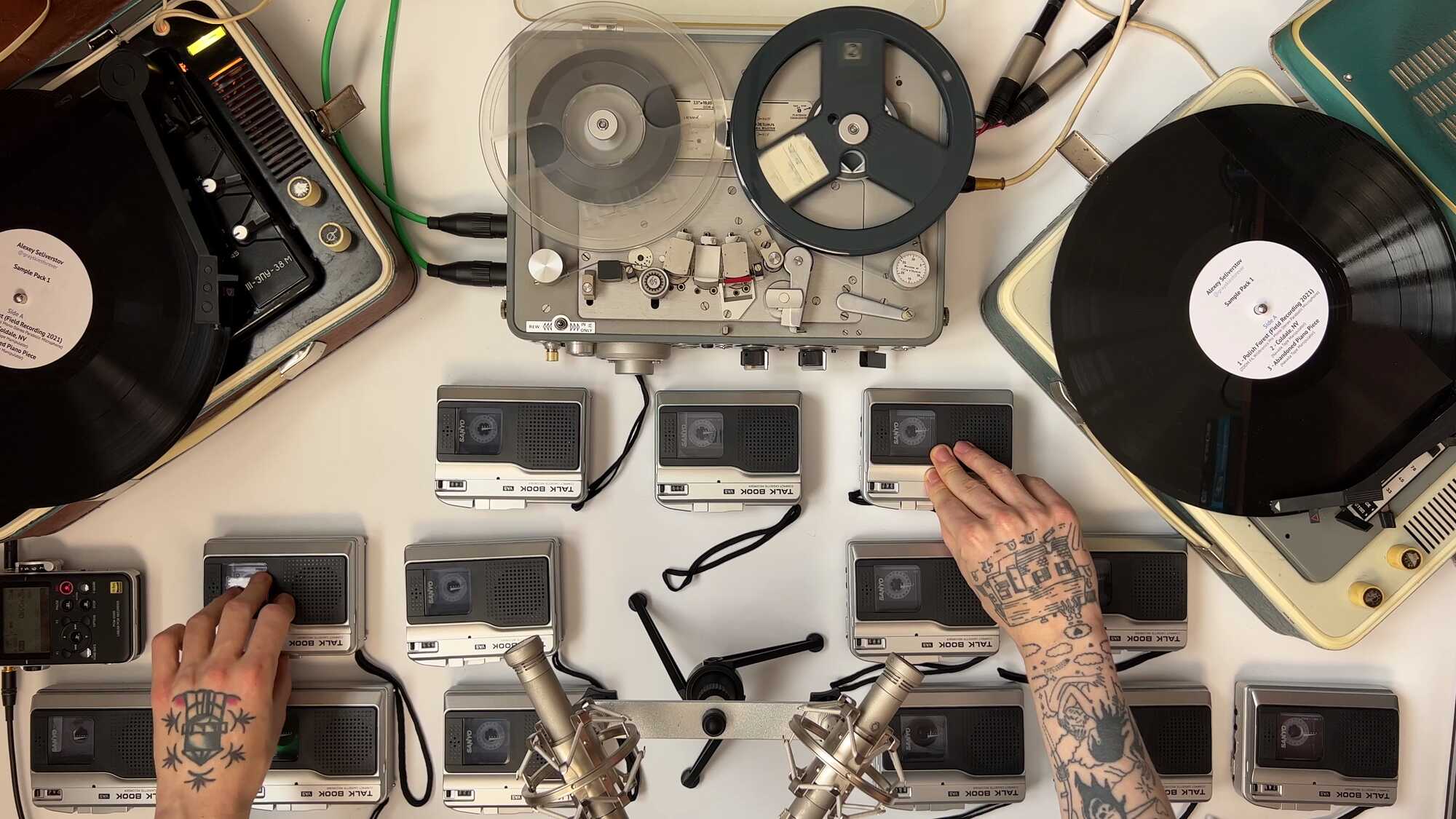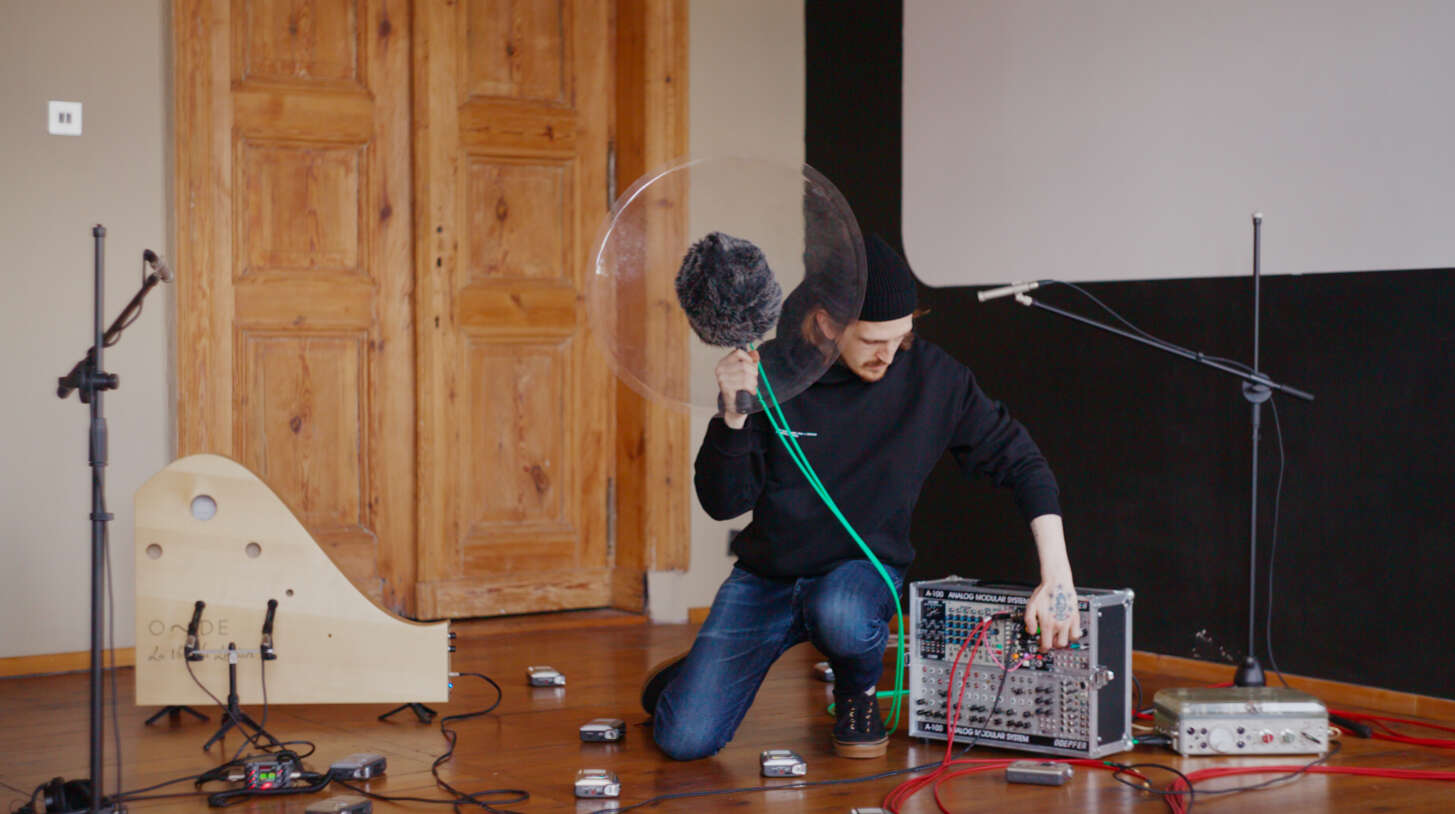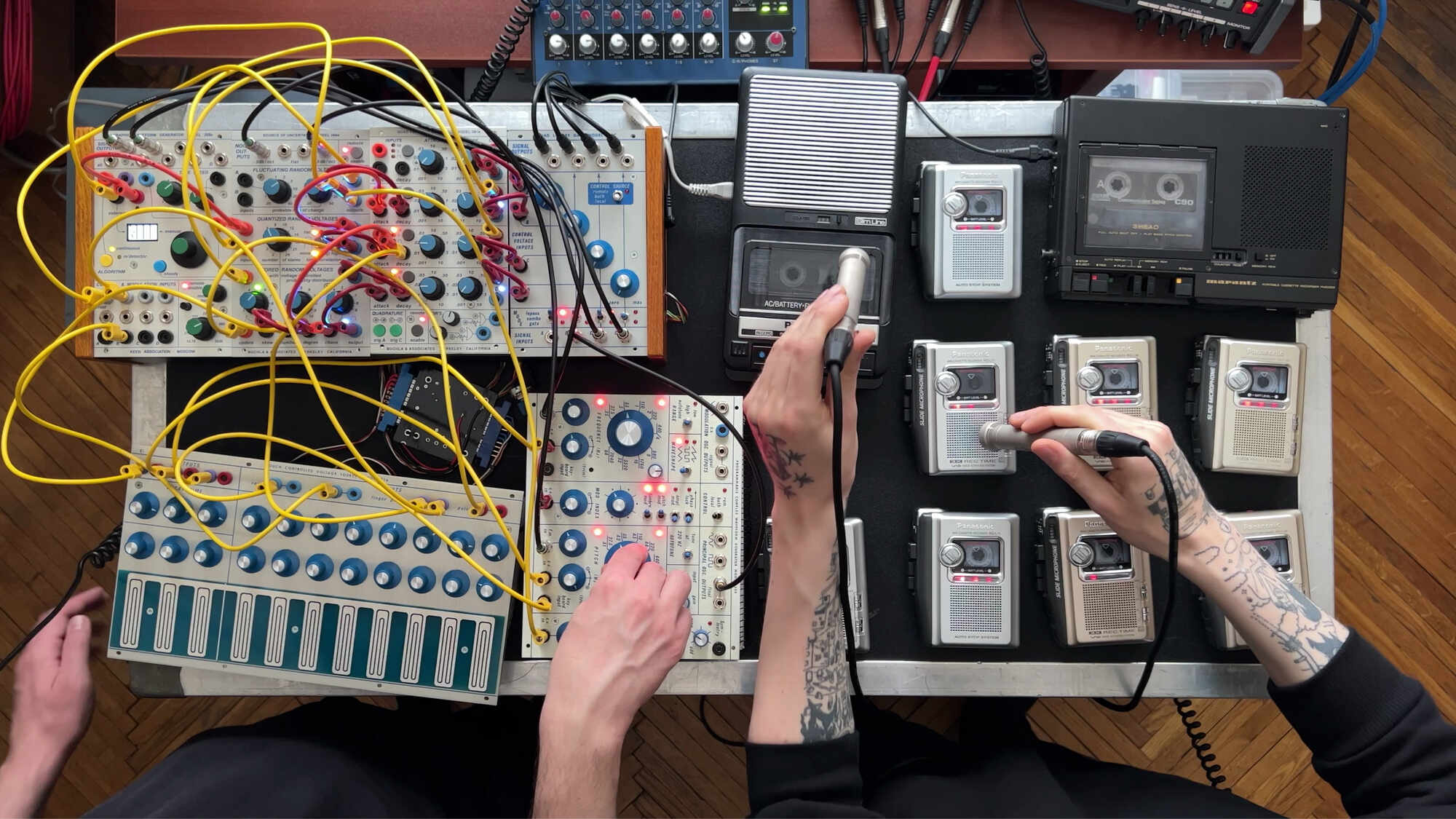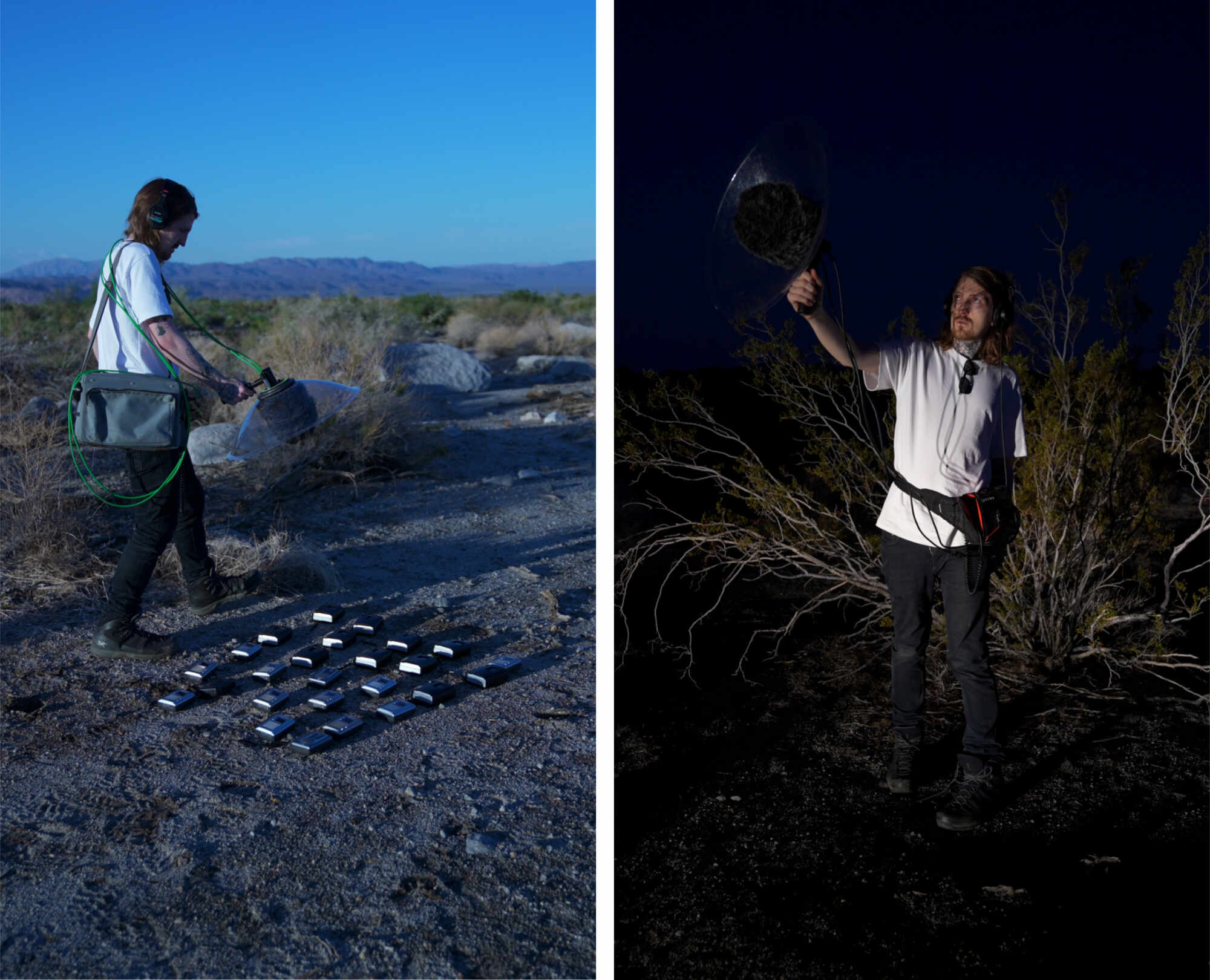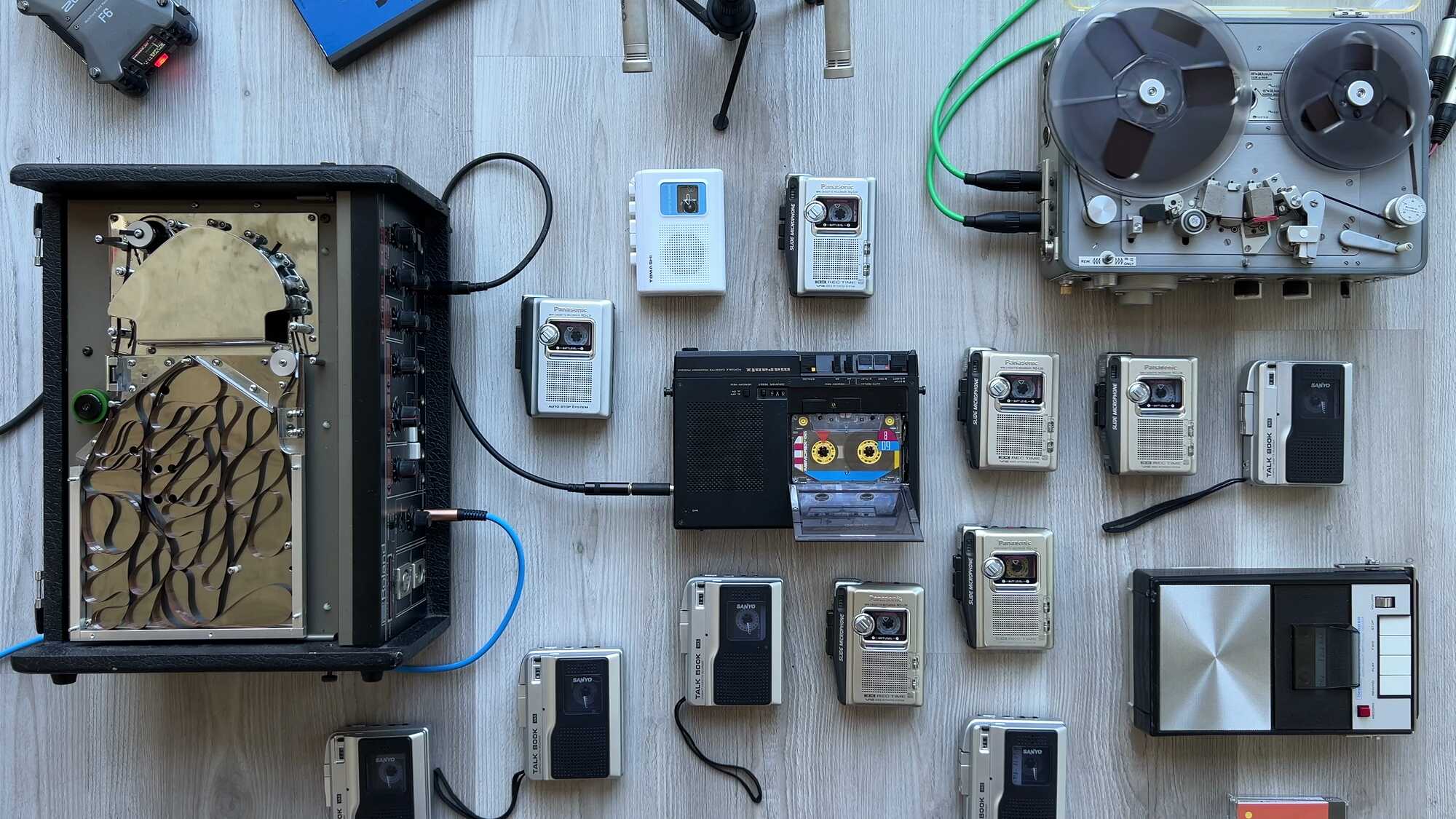Generative Bird Songs
The Generative Birds Project began as an experiment during the global lockdown in April 2020 and has since become a defining element of my artistic journey. Centered on creating soundscapes, the project seeks to erase the boundaries between the sounds of nature and music, redefining their interplay and uncovering new sonic dimensions.
Over time, it has opened doors to significant collaborations, including composing for Pete Townshend—guitarist and principal songwriter of The Who, presenting an installation for the LA Phil, performing at the Getty, and collaborations with Polydor Records and Glass Animals. Its impact has extended beyond these milestones, drawing millions of views on Instagram, where my sound collages have been shared by official Instagram's @design, FACT, The Vinyl Factory, Design Boom, LOVE WATTS, All Minimal, and others, fostering connections with audiences worldwide.
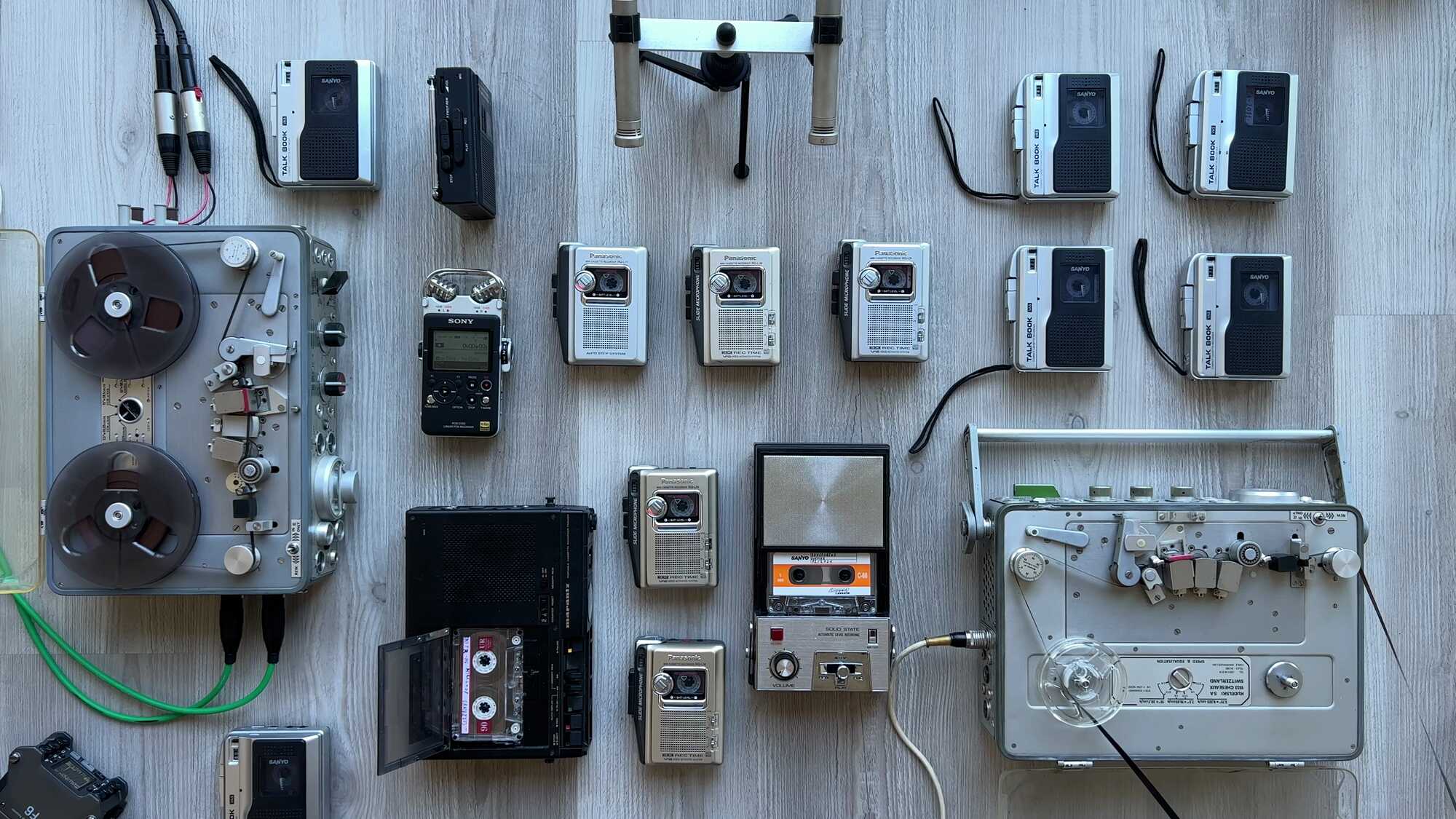
Sound Collages: A Physical Space for Birds
A defining element of the project is the creation of sound collages, where bird songs and additional field recordings are placed in a physical space. Typically, I record these collages in the studio using 2-6 microphones, carefully capturing the dynamic interplay between the layers of sound.
Using tape recorders, I introduce cassettes containing bird songs into the mix, manipulating them in real-time by altering their positions and starting and stopping playback. This process allows me to treat these elements as though they are part of an ensemble, creating immersive, evolving soundscapes. These sound collages serve as both experiments and finished pieces, bridging the gap between generative birds and real-world sound environments.

LA Nightbird
The project’s origins trace back to a quiet night in Los Angeles in May 2019. While walking near Franklin Avenue in Hollywood Hills, I recorded the song of a bird using a small microphone attached to my iPhone. The conditions were ideal: the residential area was silent in the early hours, and the bird’s call was uninterrupted. This recording became the foundation for the first generative bird, which I later called the LA Nightbird.
With the Nevada Tape Manipulator—a Max for Live device I designed—I began experimenting with ways to randomize and process the bird’s song. The manipulator allowed me to pitch, stretch, and transform the sound while retaining its organic character. When I shared this experiment on Instagram, it resonated with an audience far beyond my expectations, fueling my desire to explore further.

Buchla Birds
Encouraged by the response to the LA Nightbird, I collaborated with my friend Sergey Kalygin to create a fully artificial flock of birds. Sergey recorded four hours of modular bleeps using a Buchla modular synthesizer, rich in texture and unpredictability. These recordings became the foundation for the Buchla Birds.
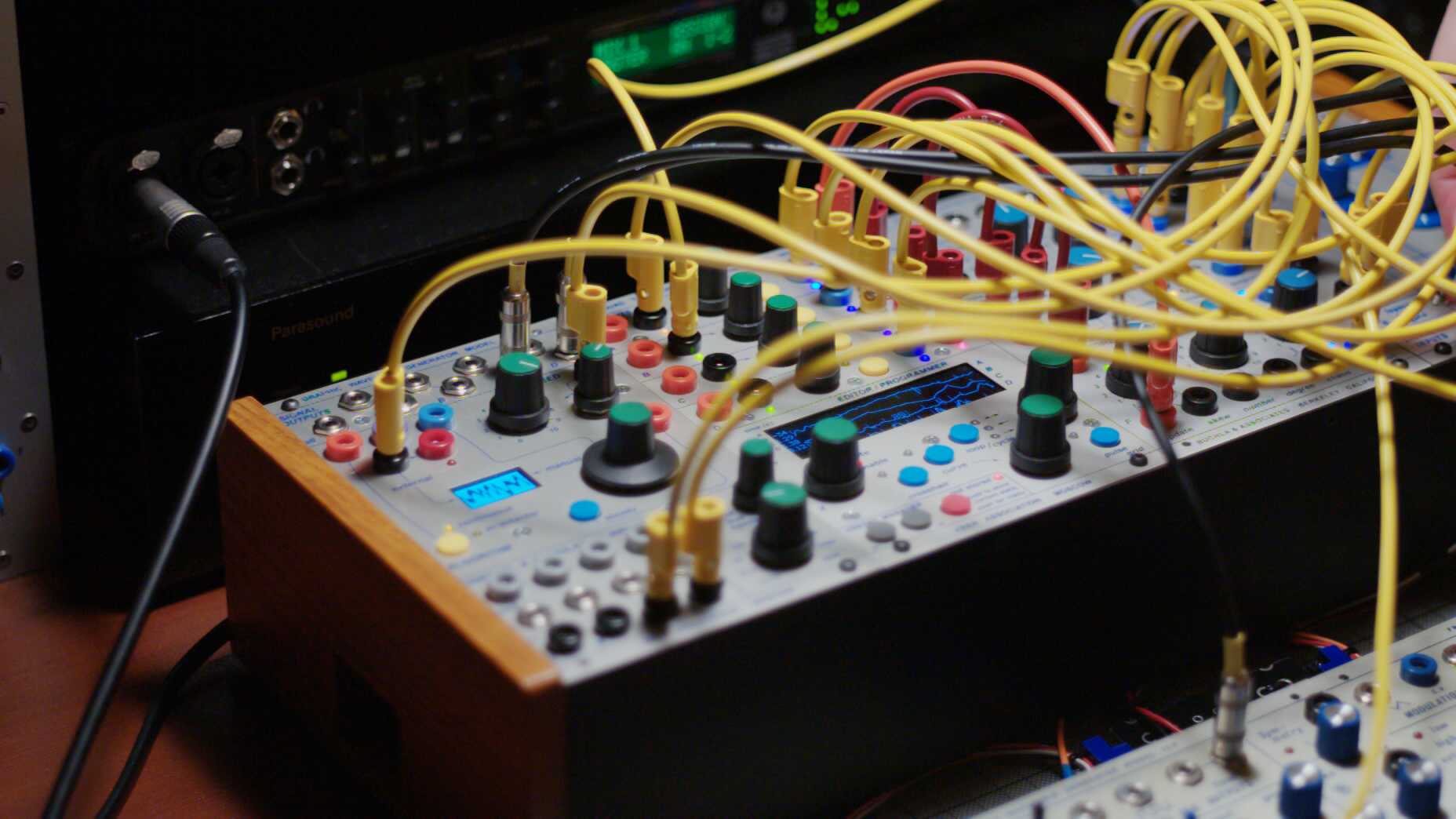
After weeks of curating and refining sounds that resembled bird tweets, I programmed each bird in the flock to behave independently. To enhance the realism, I used impulse responses from forest environments, creating a virtual sense of space. The Buchla Birds were a turning point, where the project evolved from processing natural sounds to envisioning entirely new ecosystems.
Collaboration with Pete Townshend
In 2021, the Buchla Birds caught the attention of Pete Townshend, guitarist and principal songwriter of The Who. Pete, widely regarded as one of the most innovative figures in rock history, is credited with creating the first rock opera and has been ranked number ten on Rolling Stone magazine’s list of the greatest guitarists of all time. Known for his groundbreaking approach to sound and music, Pete discovered my work through Instagram and invited me to compose and produce Soundscape #7 for his art installation The Age Of Anxiety. This collaboration was a pivotal moment, inspiring me to create two new species of generative birds.
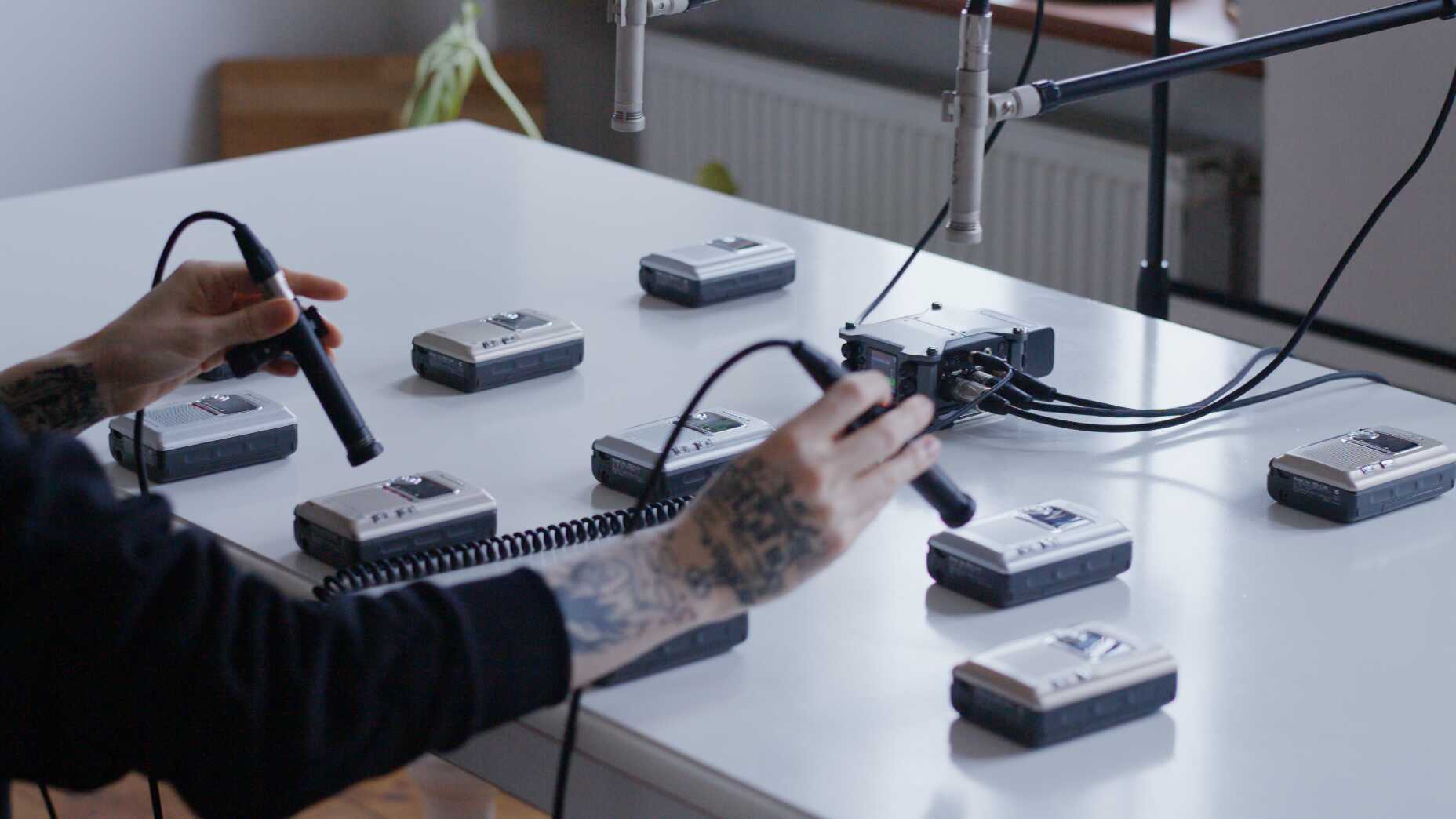
For the soundscape, I developed the Child Birds and Piano Birds. These flocks were deeply tied to the narrative, reflecting themes of loss and transcendence. The Child Birds combined bird tweets with recordings of human voices, including my childhood voice and that of my brother, while the Piano Birds integrated recordings of a Yamaha upright piano from my time at the Hachijo Royal Hotel in Japan. Both species expanded the project’s conceptual and technical horizons.
Artificial Birds
Building on the momentum of my collaboration with Pete Townshend, I ventured further into creating fully artificial birds. The Tropical Birds, inspired by my visits to the Seychelles, were crafted using the ID700 app, a digital emulation of the Buchla 700 synthesizer. These birds captured the vibrancy of tropical ecosystems, pushing the boundaries of what artificial bird songs could convey.
Later, the Radio Birds emerged as a reflection of urban life in Los Angeles. By blending FM and AM radio signals with modular bleeps, I created a flock that encapsulated the city’s multilingual and chaotic sonic landscape. Both series marked an evolution of the project, moving from naturalistic representations to more experimental territories.

Ryuichi Sakamoto
In 2022, I was astonished to see Ryuichi Sakamoto, one of my greatest artistic influences, follow me on Instagram. Our brief but meaningful conversation became a turning point in my creative journey. Sakamoto described my project as “challenging yet beautiful,” and his words carried immense weight. His recognition of my work during his final years became a profound motivator, reminding me of the emotional and artistic potential of my experiments. Tragically, he passed away in 2023, but his encouragement remains one of the most treasured moments of my career.

Interview With The Vinyl Factory
In late 2023, I had the opportunity to share my story in my first major interview with The Vinyl Factory. The conversation delved into the philosophy behind the Generative Birds Project, my integration of analog and digital tools, and how my artistic approach bridges the natural and technological worlds. This milestone allowed me to connect with a broader audience, offering a deeper look into the inspirations and methods that define my work.
Polydor Records and Glass Animals
In May 2024, Polydor Records approached me to collaborate on a performance-remix for Glass Animals, aiming to support the band's new album and upcoming American tour. At that time, Glass Animals were among the top 300 artists globally on Spotify. I created a soundscape that blended Dave Bayley’s vocals with generative synth and piano parts, artificial bird songs, and field recordings from locations like Malibu Creek and Joshua Tree. Utilizing vintage gear and my custom Max for Live devices, the remix explored the intersection of organic and experimental sound, contributing a distinctive layer to the band’s creative vision.

The Getty
In October 2024, I brought my soundscaping practice to the Central Garden of the Getty during the Art & Science Family Festival, part of PST: Art & Science Collide. In collaboration with LivingEarth and PSTArt, I transformed the garden into an interactive soundscape, utilizing eight speakers placed across the whole garden to create a vivid auditory environment.
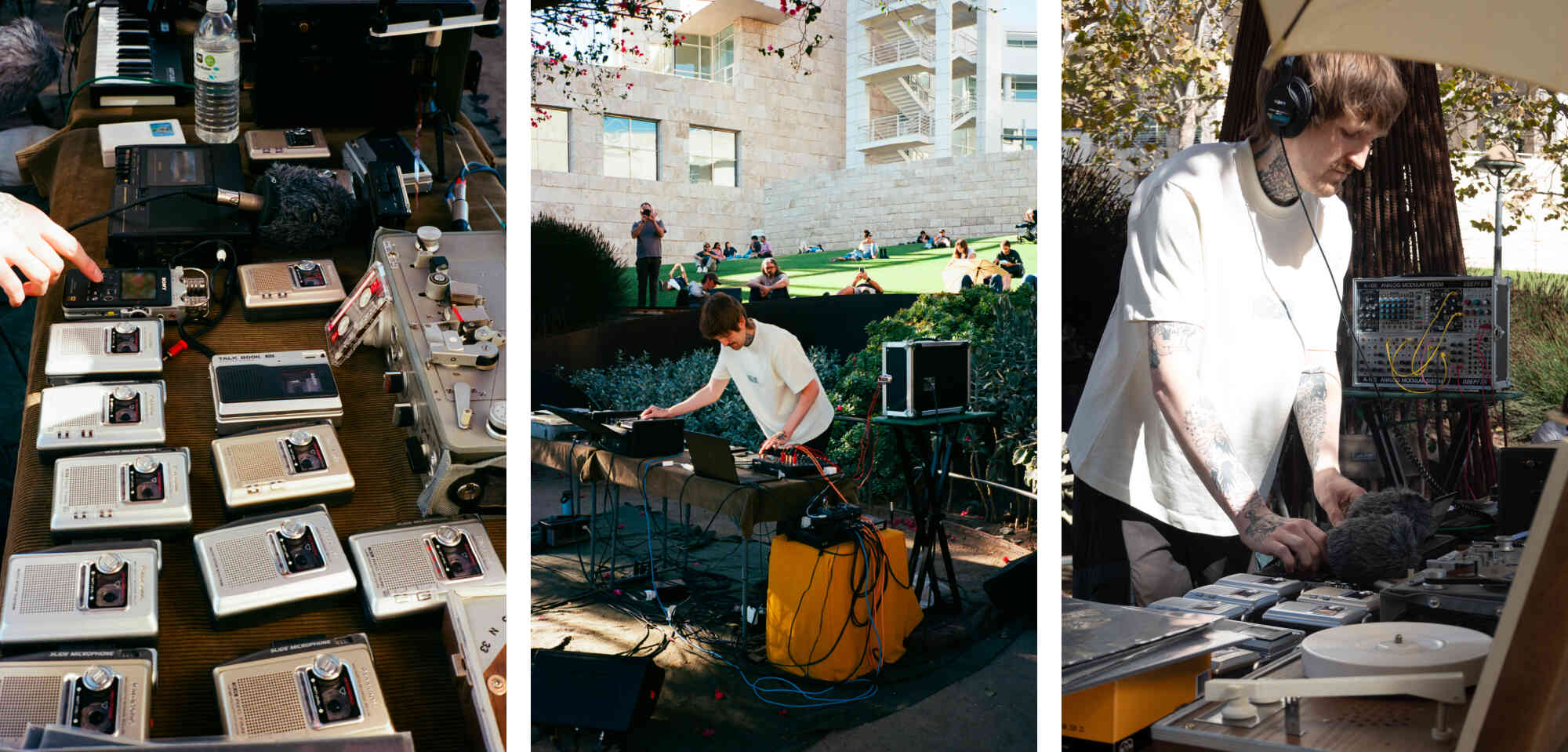
The Cloud Orchestra at La Phil
The Generative Birds Project reached a new height with The Cloud Orchestra, a 12-hour sound installation presented at the Walt Disney Concert Hall in Los Angeles. This large-scale installation brought together all the flocks I had created, reprogrammed to adapt to the space and format of the event.

The installation incorporated audience participation, vinyl records of field recordings, and live interactions with cassette players, creating a dynamic and ever-evolving soundscape. Each bird and element from the project contributed to this milestone, showcasing the years of experimentation and creativity that defined the Generative Birds Project.
This installation served as a reflection of the project’s journey, celebrating the intersection of technology, nature, and art while leaving room for new discoveries and future iterations.

